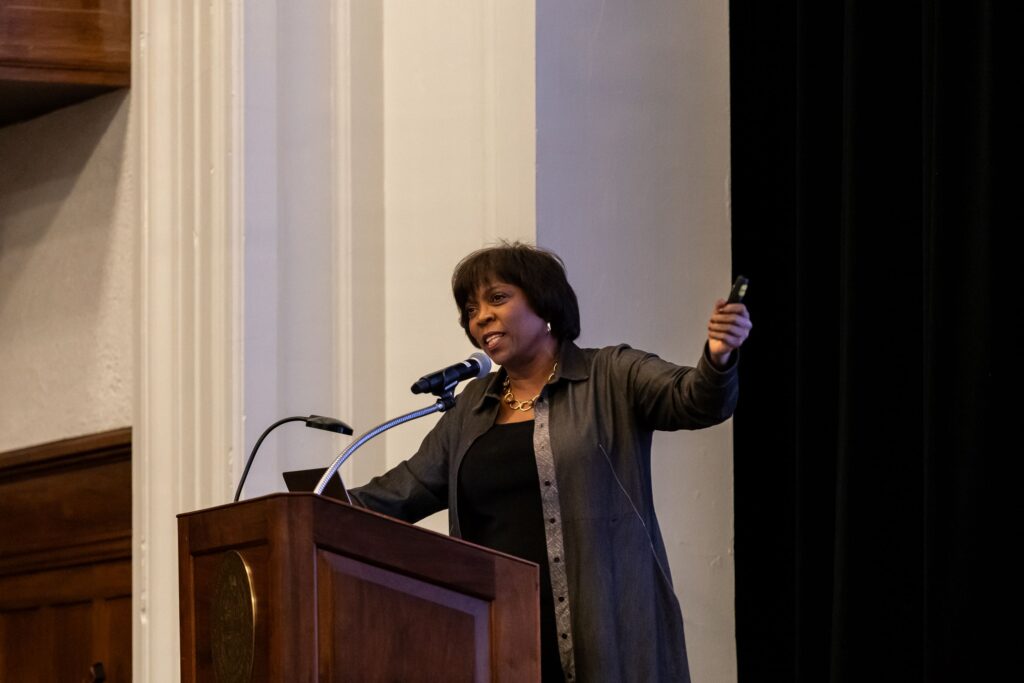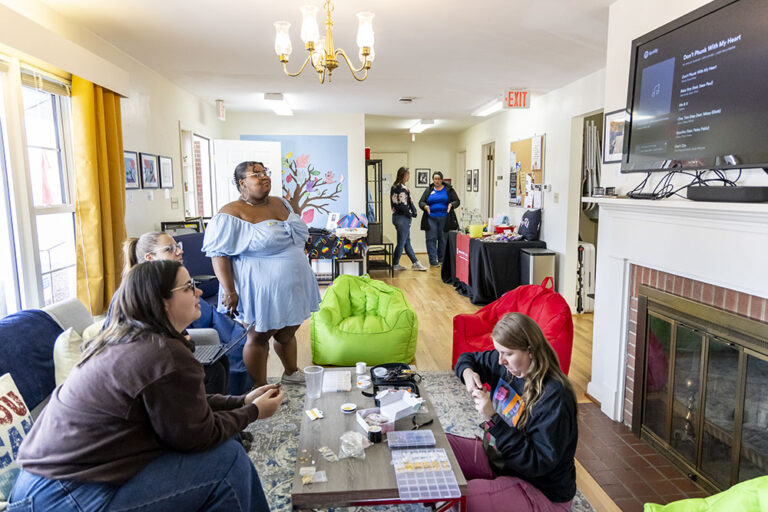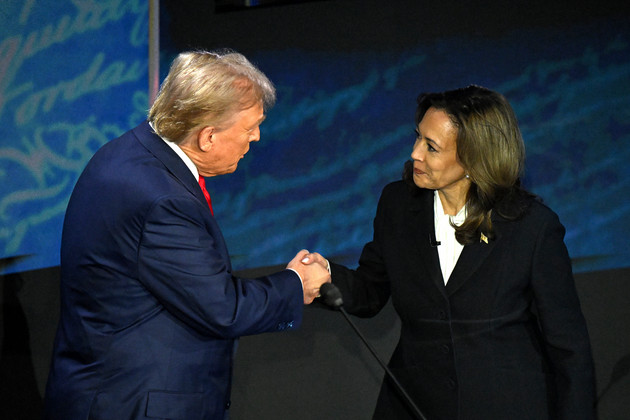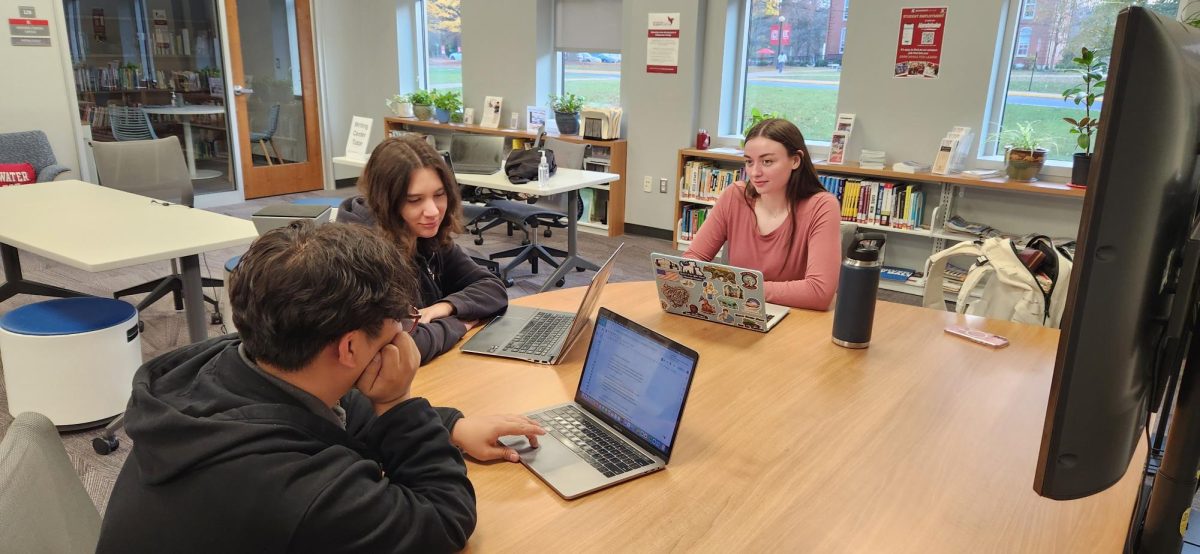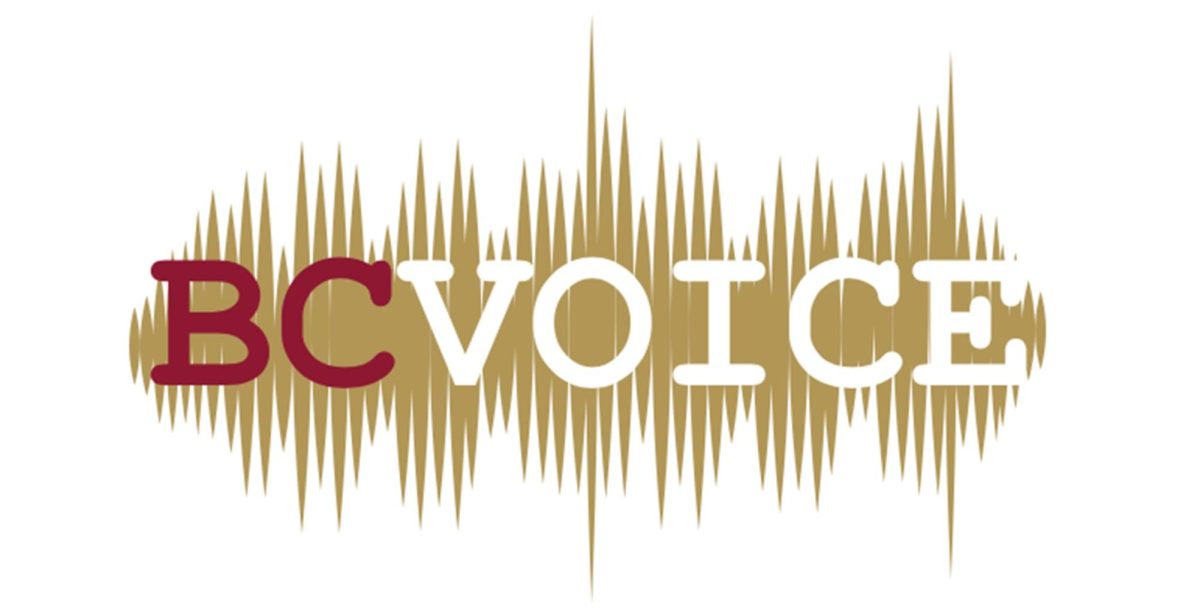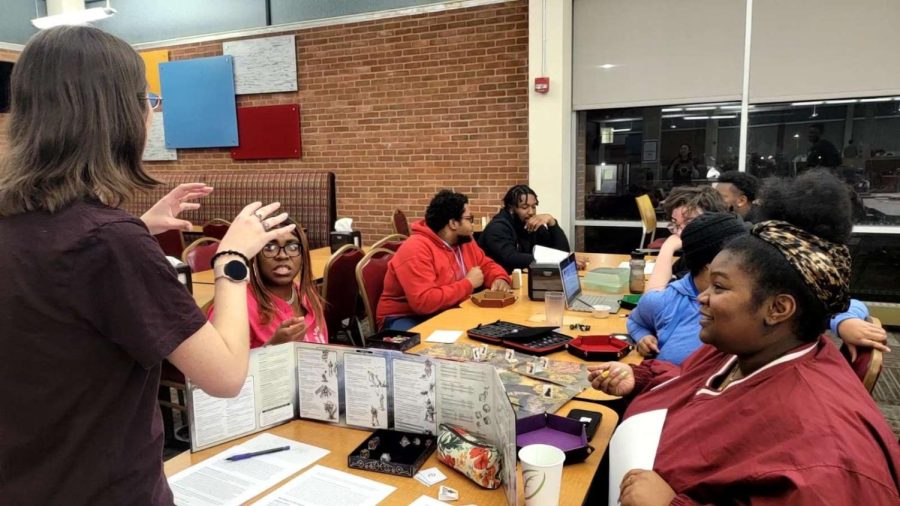Student Loan Forgiveness Program Announced by President Biden
The second floor of Rebecca Hall is home to the finance offices of Bridgewater College. With the loan forgiveness program adding another web to the process of paying for college, university finance departments around the United States are adjusting to the changes.
September 9, 2022
Bridgewater, Va.- In August, President Biden announced a plan to relieve student debt that included a final extension on pausing student loan repayment during the pandemic, student loan cancellation and a proposal that would reduce payments for certain borrowers.
The pause on federal student loan payments, which began at the start of the pandemic, has been extended to the end of 2022. Payments will be required again starting in January 2023.
Individuals who make less than $125,000 or couples or heads of household who make less than $250,000 are eligible for student loan forgiveness. People who meet these income thresholds are eligible to receive up to $10,000 of loan forgiveness, or $20,000 of loan forgiveness if they received Pell Grants during college.
While the pause on payments applies to federal loans automatically, debt forgiveness will only apply automatically to eligible borrowers whose income is already available to the U.S. Department of Education.
Borrowers who are eligible for debt forgiveness but will not receive it automatically can apply for forgiveness starting in early October. To receive loan forgiveness before the pause on payments ends, borrowers are recommended to apply by Nov. 15 as it can take up to six weeks for applications to be finalized.
For borrowers who only have part of their student loans forgiven, their repayment plan will be reevaluated based on their remaining balance, resulting in many borrowers’ monthly payments being reduced.
Additionally, the Biden-Harris administration has proposed a rule including elements that would reduce the amount required to be paid on student loans each month, making payments easier on borrowers.
“I heard about it, and at first I didn’t know if they were going to clear all of it, a percentage of it or if lower income families’ loans would be forgiven before mine, but with the research I’ve done so far, I think it’s $10,000 per student, so I’m relieved about that,” said fifth-year student Justine Hazelwood who will benefit from the student loan forgiveness.
While many people with loans are relieved to have this plan in place, there are also many criticisms of the loan forgiveness.
“Are we doing anything to make college more affordable? There, the answer is no,” said Professor of Political Science James Josefson. “By taking the financial pressure off of people, you could say that we’re making it easier for places like Bridgewater, Washington & Lee, EMU and James Madison to raise tuition. You could also make the argument that when you lower the cost of something, you don’t value it as much.”


